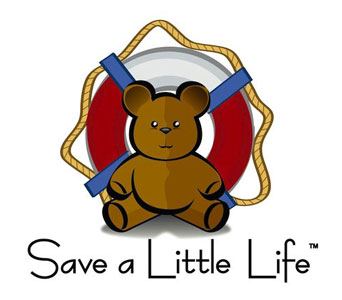Staying home during this pandemic has both good and, on occasion, not-so-good implications from an injury standpoint.
There has been a recent surge in dog and cat bites, especially where children are concerned. Let’s face it, small children and pets can be a volatile mix.
Dog bites alone account for tens of millions of injuries annually. A great number of these bites are provoked by toddlers and children. If a dog is frightened, experiences pain or is approached while eating the risk of a bite is greater. Dogs that are ill or older have a lower tolerance and may bite when younger dogs might not.
Dog bites can be minor or severe in nature. Many of them can be treated at home with basic first aid, but others may require a scary visit to the emergency department. Canines have very strong jaws and can exert up to 200 pounds of pressure per square inch while larger dogs are capable of twice that much.
The most common bites are to the hands and arms. These can be very serious due to the pain inflicted and because of the risk of infection. Dog mouths have as many as 64 types of bacteria including staph and strep microbes.
As a community we have done well by adopting dogs of every shape and size. The vast majority of these animals are welcomed into our homes and become our loving pets. All the same, you should be aware of the dog’s history and if that history includes aggression and/or unprovoked biting.
One of your best resources is your own veterinarian. Make sure that you discuss issues of safety if a dog has come from unsafe circumstances.
